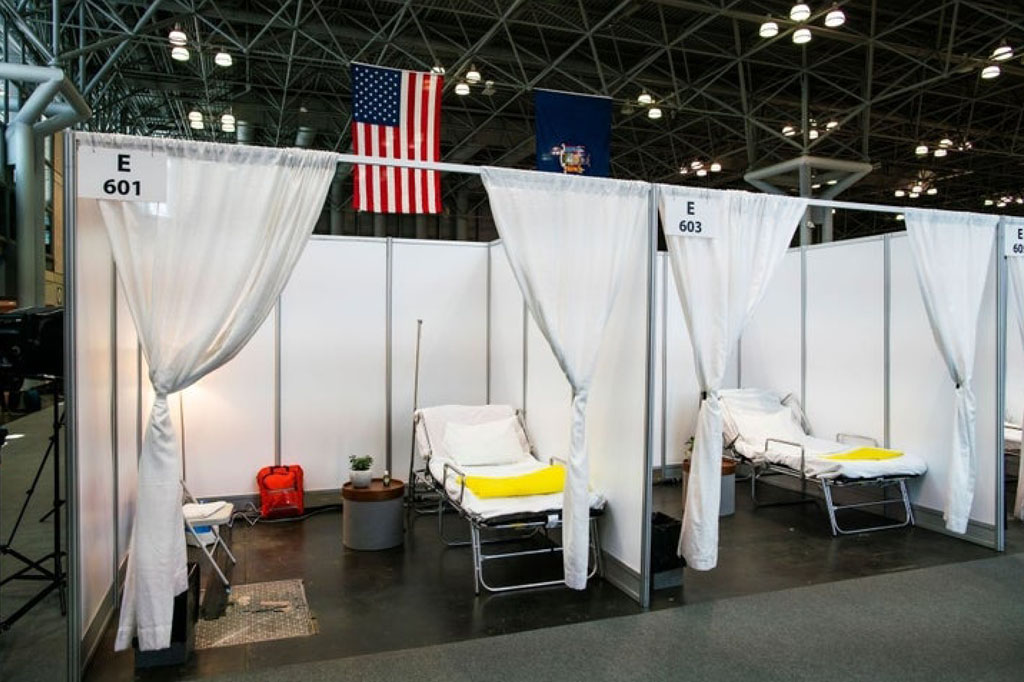21-08-20 // QUARANTINES AND PARANOIA – INTERVIEW WITH BEATRIZ COLOMINA

“Beds were all over the news and became, in my opinion, the face of this pandemic.” (Beatriz Colomina)
Bernd Upmeyer spoke with Beatriz Colomina, an internationally renowned architectural historian and theorist who has written extensively on questions of architecture, art, technology, sexuality, and media. She is Founding Director of the interdisciplinary Media and Modernity Program at Princeton University, and the Howard Crosby Butler Professor of Architectural History in the School of Architecture. Her work has been published in more than 25 languages and her books include: Are We Human? Notes on an Archaeology of Design (Lars Müller, 2016) with Mark Wigley, The Century of the Bed (Verlag für Moderne Kunst, 2015), Domesticity at War (MIT, 2006), Privacy and Publicity: Modern Architecture as Mass Media (MIT Press, 1994), and Sexuality and Space (Princeton Architectural Press, 1992). Her new book X-Ray Architecture was released in 2019, only a few months before the global coronavirus pandemic started. The conversation took place via WhatsApp on August 21, 2020.
[…]
Bernd Upmeyer: If the current pandemic is not a “house problem”, but a “city problem”, its influence might not be that big on architecture, but rather on everything outside in the city: the urban infrastructure, the public spaces, the road design, etc.
Beatriz Colomina: Well, the thing is that a lot of people are reorganizing their houses, so they can work better from home. But the cities are also changing and providing more public space and more outside spaces for restaurants, more bike lanes, at least this is what is happening at the moment. But I think that the most important influence of covid-19 is that it has made the invisible city visible: the enormous economic inequities and unequal access to health care and to education. This is, I think, the biggest effect that the coronavirus pandemic has on the city. This is interesting also historically, because all the former pandemics and health crises had this effect of making visible what was already there. In this sense, Covid-19 and the Black Lives Matter protests, which began in late May in response to the killing of George Floyd cannot be separated, but belong together.
BU: In that way the pandemic changed clearly our perception of things, which is a bit related to what you said before, when you described that when in New York the traffic was less, the backgrounds became much more visible.
BC: Yes, and all the birds became so present. In the middle of New York without traffic or noise, without construction work, we woke up to the songs of birds. I didn’t realize there were so many birds in New York. Or perhaps there were not. They came when all the noise stopped and so many people fled. I read that in other cities other crazy things happened, like wildlife walking around the streets and recovering their territory, which, I think, is a good thing…
… the complete interview was published in MONU #33 on the topic of Pandemic Urbanism on October 19, 2020.
Title: Quarantines and Paranoia
Project: Interview with Beatriz Colomina
Date: August 2020
Type: Commissioned interview
Topic: Pandemic Urbanism
Organizer: MONU
Status: Published
Publications: MONU #33, P. 4-13
Interviewer: Bernd Upmeyer